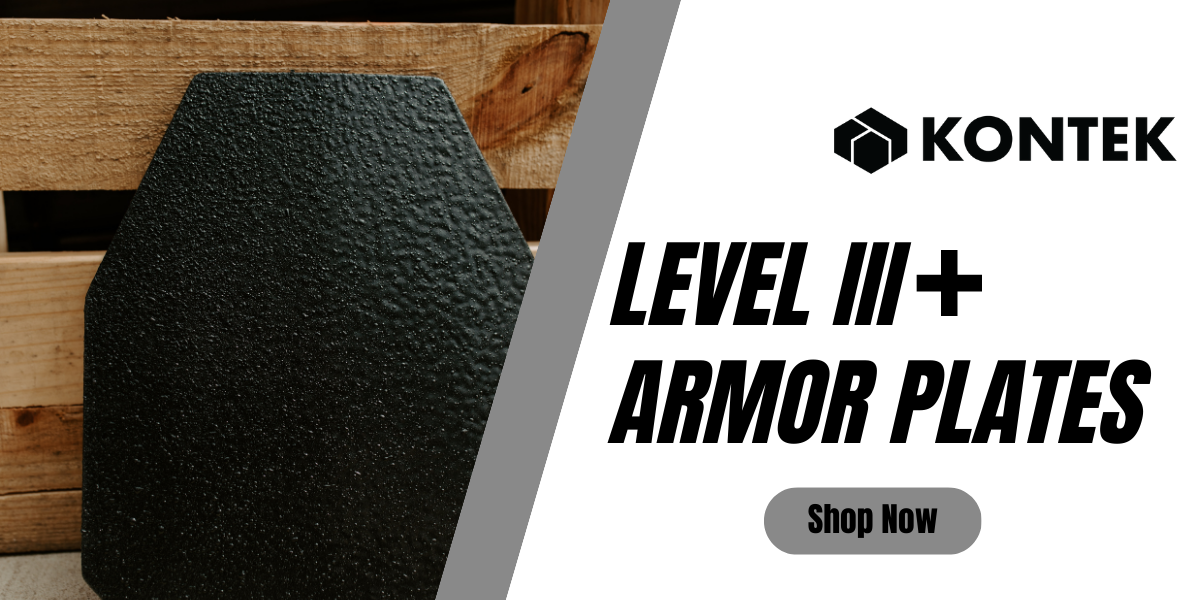
The edge of your property is where security begins.
And the fence you choose sets the tone.
Not all fencing is created equal. Some are built for basic boundary control, while others are designed to stop serious threats. In this blog, we’ll break down the main types of security fencing and help you understand which option fits best with your facility’s needs.
What Is Security Fencing?
Security fencing is any type of barrier specifically designed to prevent, delay, or deter unauthorized entry. Unlike decorative or boundary fencing, it focuses on function over form, reinforcing property lines and helping secure restricted areas.
These systems are often used in commercial, industrial, and critical infrastructure environments. Many facilities integrate fencing with surveillance, access control, or even vehicle barriers to support a layered defense strategy. At its core, security fencing helps enforce the first principle of target hardening: making unauthorized access as difficult and time-consuming as possible.
1. Chain-Link Fencing
Chain-link fencing is one of the most affordable and widely installed perimeter solutions. It’s constructed from woven steel wire, usually galvanized or PVC-coated, that forms a diamond pattern. Though basic in appearance, it provides a reliable boundary for large areas without obstructing visibility.
This type of fencing is often used for sports fields, parking lots, and commercial zones where cost and speed of installation are key. While it offers limited protection on its own, it can be paired with other solutions like barbed wire or surveillance for added deterrence. It’s a common starting point for layered perimeter security.
2. Welded Wire Mesh Fencing
Welded wire mesh fencing offers more rigidity and strength than chain-link fencing. It consists of vertical and horizontal steel wires welded at each intersection to form durable panels. The result is a clean, modern-looking fence that resists bending, cutting, and climbing.
What sets welded mesh apart is its ability to provide strong physical security without sacrificing visibility or airflow. It’s often used in facilities that require secure yet open perimeters, like distribution centers, public infrastructure, and school campuses. Many welded mesh systems are modular, making them easier to install and customize for complex layouts.
3. Palisade Fencing
Palisade security fencing is built for environments that require a more aggressive security posture. It features tall vertical steel pickets with pointed or curved tops, typically mounted to horizontal rails and secured in concrete or steel posts. The appearance alone serves as a deterrent.
Because it’s difficult to climb, cut, or ram through, palisade fencing is commonly used to protect utility substations, industrial facilities, transportation hubs, and other sites that demand a strong visual barrier and high resistance to forced entry. Its imposing form factor makes it ideal for applications where both authority and durability are essential.
4. High-Security Fencing
High-security fencing goes beyond standard barriers by incorporating advanced design features and materials. These systems often include anti-climb mesh, welded steel panels, or crash-rated components. Many are engineered to integrate with intrusion detection sensors or camera surveillance for real-time threat awareness.
This level of fencing is tailored for critical sites, such as correctional facilities, airports, nuclear sites, and military bases, where breaches are unacceptable. These systems are often custom-designed based on risk assessments and regulatory standards.
5. Electric Fencing
Electric fencing is used to actively deter intruders through brief, non-lethal electric pulses. It can be deployed as a standalone solution or used to reinforce existing barriers. When touched, it delivers a shock that creates both physical discomfort and psychological deterrence.
These systems are often found in agricultural, industrial, and remote settings, where visibility is low and response times may be delayed. Electric fencing is particularly effective when used as a top-layer addition to chain-link or mesh fences. However, proper signage, safety protocols, and ongoing maintenance are essential for legal and operational compliance.
Choosing the Right Fencing Solution
Choosing the right fence depends on several key factors: your facility’s threat level, visibility requirements, available budget, and how the fencing integrates with other systems. In many cases, security fencing works best as part of a layered perimeter strategy, combined with surveillance, access control, and physical barriers.
If your needs involve higher risk or regulatory constraints, a more advanced system like permanent fencing or anti-climb solutions may be the right fit. The goal is to delay intruders, reduce vulnerabilities, and support a fast response if an incident occurs.
Contact Kontek Industries
Kontek Industries has partnerships with organizations around the globe that specialize in providing temporary and permanent fencing solutions. The permanent security fencing solutions we provide for our customers are some of the most technologically advanced barrier systems on the market.
Our partnership with Perimeter Security Solutions provides next-level security fencing options such as the IFI-12 Mini Louver, IFI-14 Palisade, IFI-9 Severe Cut. and the IFI-6 Extreme Cut. These fencing solutions all utilize cutting-edge, physical, and electronic components to address all threats.
ARX Perimeters specializes in offering physical barriers of multiple types. Each barrier is effective on its own. When used in concert with additional products in the ARX Perimeter line of products, you can achieve a multi-layered, redundant system that provides a safe environment for your people, places, and things.
Contact the office at Kontek Industries today to discuss your security fencing needs.
.png?width=9216&height=2304&name=What%20are%20the%20Benefits%20of%20Security%20Fencing%20(6).png)


